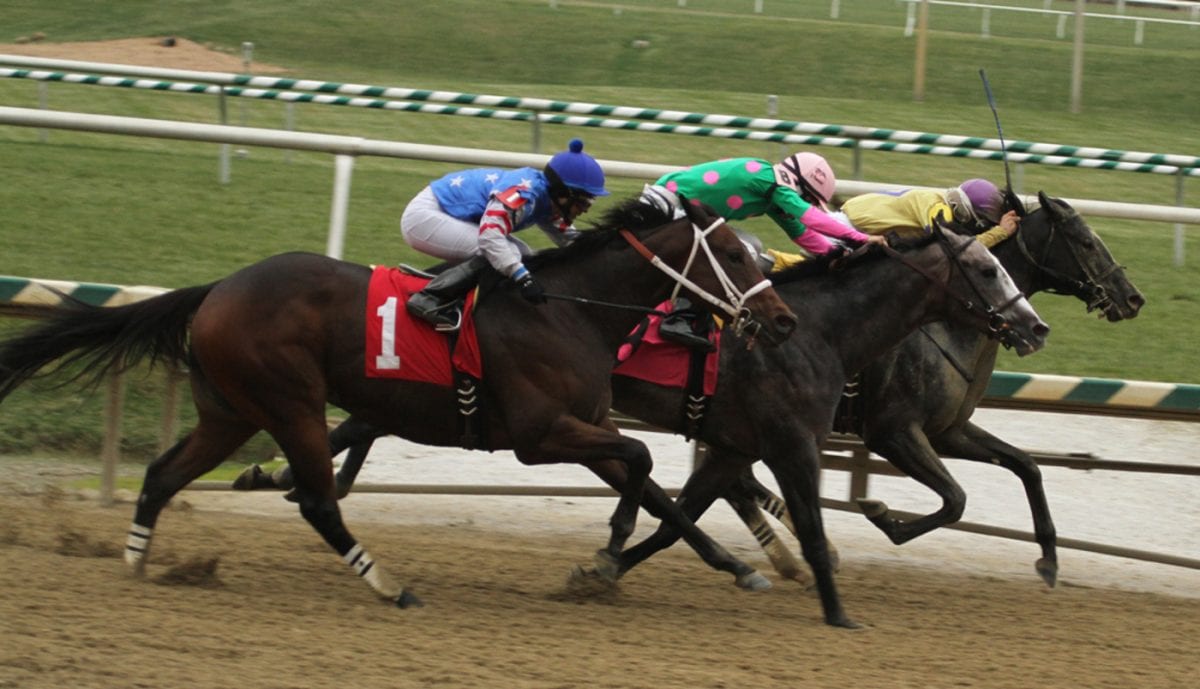In the third of his weekly series, Handicapping Zen, handicapper and author Bobby Zen examines the art and science of handicapping horses.
by Bobby Zen
In horse racing, class is a simple concept to understand but a hard one to put into practice.
At its core, class is simply quality. While form points to which horse is running the best right now, class is about which horse is actually more talented and more accomplished.
[boxify cols_use =”3″ cols =”6″ position =”right” box_spacing =”5″ padding =”3″ background_color =”gray” background_opacity =”10″ border_width =”1″ border_color =”blue” border_style =”solid” height =”220″ ]- LAST WEEK: Speed and pace
- TODAY: Race conditions and class
- NEXT WEEK: Jockeys and trainers[/boxify]
To put it in baseball terms, form is knowing that a certain player has a five-game hitting streak and had three hits last night; class is knowing that a certain player is a perennial all-star.
This matters more than you might think, and it’s intertwined with the conditions of races themselves. Races are written to bring together animals who figure to be competitive with each other, so that horses that have won six times generally don’t race against, for example, maidens.
What that means for the handicapper is that there is a kind of horse — a horse profile, you might say — that best fits every kind of race.
Let’s look at claimers that have won at least once. We have the non-winners of two, three or four lifetime that seem pretty simple. What about a non-winner of two racing against non-winners of three (or four)? It happens more often than you think; maybe you just didn’t notice? I’m not sure why trainers enter like this, but most of the time the NW2 is at a big disadvantage.
There are non-winners of two in six months, non-winners of three in a year, and so on. Actually, the combinations are endless, depending on who is writing the condition book for a particular track. Allowance races can be similar, and may include even more twists and turns, particularly when you add in claiming horses that often run in allowance/optional claimers. Non-winners of a certain dollar amount in any other type of race. Non-winners of a race at this distance or more, non-winners of three like this in a time frame…. well, you get the picture.
There are also weight allowances for certain conditions, starter allowances, state-bred races; the list goes on. The real point is that you must read these conditions and understand them for each race, because they may be different every time.
As a handicapper, then, you must look for horses that are the best fit for those conditions. Let’s say it’s a non-winners of three in six months; I want a horse with two wins and a good second or third last time out within that six months. We are looking for the most qualified horse to these conditions. It may or may not make him a bet solely on that info, but it definitely moves him up the ladder. This may also give us a window on what the trainer’s intentions are in this race (more on trainers later in the series).
It adds a fair amount of work to the handicapping process, because you basically work backwards through the horse’s record looking for the best matches to the conditions. But, if only one out of ten of us do that, how much advantage do we get?
This concept can certainly be used as a class measurement; I do it by marking a black Q (for most qualified) in a race. There are several ways to get to that ‘class’ ranking that is typically a mainstay for most ‘cappers. Brisnet has a couple of canned measurements in their Race Summary (as described earlier) that are an easy choice. Some ‘cappers use number of races won, amount of dollars won, winning percentage, or similar measurements.
I typically look for the racing level that a horse has been able to recently contend at, to get my class rating. So, a horse in a $10,000 open claimer should have a win or close finish in a similar race. Allowance races can usually be measured by purse size listed in the past performances. The same goes for stakes races, until you get into graded stakes. Then, we are looking for the best result in a graded stakes race, specifically whether it was G1, G2 or G3.
Of course, horses don’t typically stay at the same level for many races in a row. When they do so in lifetime company — in other words, when a horse keeps running in, say, maiden company, or never-won-two company without breaking through — the astute handicapper will hold that against them.
For other horses, you’ll have to assess changes in class level. Can a horse successfully move up? Or, if it’s moving down, is that a rational move by the trainer to put the horse in a better spot, or a sign that something is amiss? For horses moving up, I will look for the ability to do that in the last ten races, and also look for the trainer’s percentage rate at this angle. This will be listed in many of the past performances, such as Brisnet Ultimate PP’s. I’m pretty sure DRF has a similar function.
I mentioned percentages early on in this series, as I consider myself a numbers guy. If the average field size is 8.5 (which is debatable, I know), then a random horse has a 12% chance of winning. So, any win percentage less than 12 is poor, and the farther above 12, the better.
Understanding class and race conditions is harder than some other handicapping tools. But it can provide a powerful advantage for that very reason; the guy playing six tracks at your local simulcast joint — your competition, in other words — probably isn’t taking the time to figure out which horse fits the race best. And finding advantages is what handicapping’s all about.
Bobby Zen holds an MBA and is a professional handicapper and author. His win percentage has exceeded 40 percent in each of the last five years. Learn more at www.bobbyzen.com.
(Featured photo by Laurie Asseo.)








